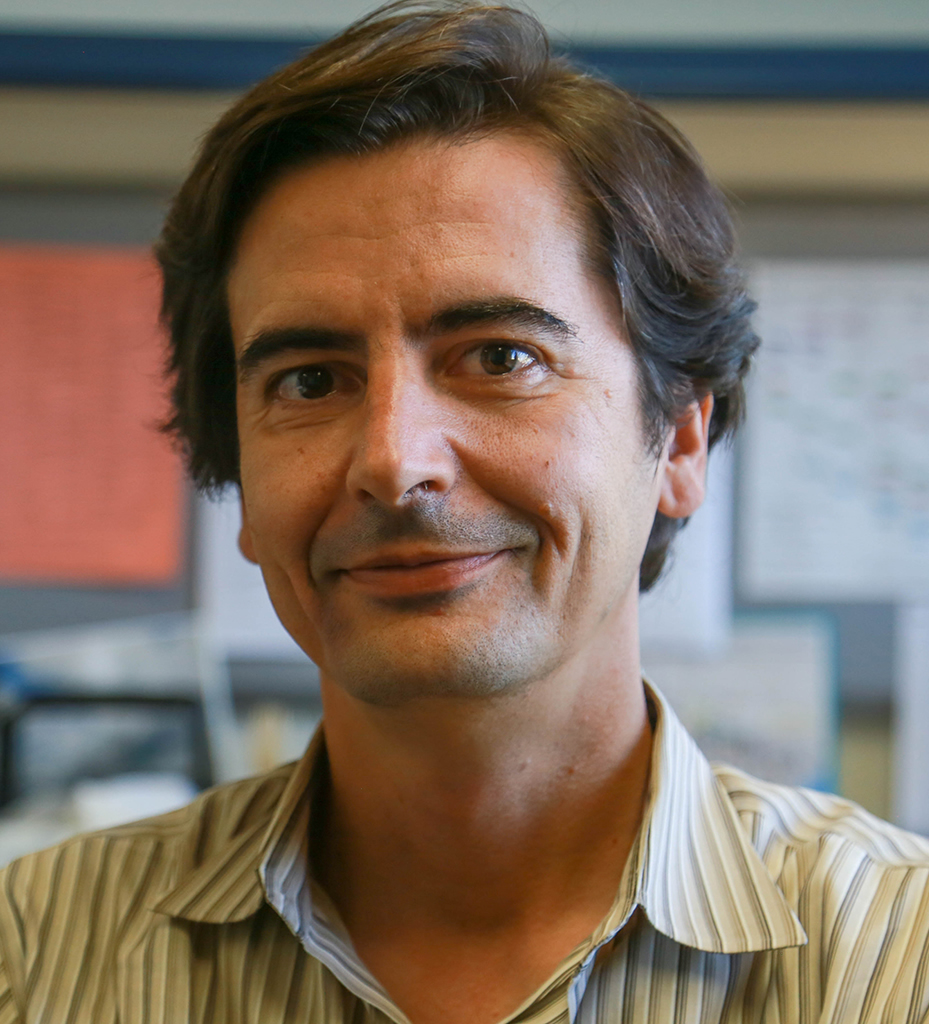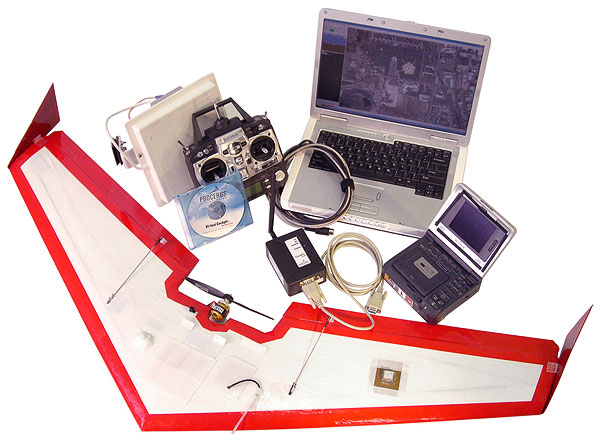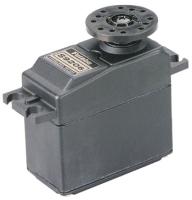|
Matthew Kirchner, PhD 2023, BS from Washington State University, MS from University of Colorado, currently Assistant Professor at Auburn University (as of Nov. 2023).
Murat Erdal, PhD 2023, BS from Bogazici University, Turkey, currently Data Scientist at Nutromics (as of Nov. 2023).
Raphael Chinchilla, PhD 2023, BE from University of São Paulo, Brazil and ME degree from École Nationale Supérieure des Télécommunications, France, currently Research Scientist at BlackRock AI Labs (as of Nov. 2023).
Sharad Shankar, PhD 2022, BS from the University of California, Los Angeles, currently Navigation Systems Analyst at The Aerospace Corporation, El Segundo, California (as of Nov. 2023).
Henrique Ferraz, PhD 2019, BS from Federal University of Rio de Janeiro, Brazil, currently Senior Battery Management System Controls Engineer at John Deere, Los Angeles, California (as of Nov. 2023).
Justin Pearson, PhD 2018, BS from the University of California, Santa Barbara and MS degree from Stanford University, currently Software Engineer Manager at AppFolio, Inc., Santa Barbara, California (as of Nov. 2023).
David Copp, PhD 2017, BS from University of Arizona, Tucson, currently an Assistant Professor of Teaching at the University of California, Irvine (as of Nov. 2023).
Hari Sivakumar, PhD 2016, BS and MS from Univ. Michigan, Ann Arbor, currently Staff Data Scientist, Product Analytics at Meta, Menlo Park, California (as of Nov. 2023).
Steven Quintero, PhD 2014, BS from Embry-Riddle Aeronautical University,
currently Senior Autonomy Robotics Engineer at AeroVironment, Simi Valley, California (as of Dec. 2019) .
Michael Nip, PhD 2014 (co-advised with Prof. Mustafa Khammash), BS from University of California, Berkeley, currently Research Scientist in Quantitative Investing at BlackRock, San Francisco, California (as of Jan. 2022).
Farshad R.Pour Safaei, PhD 2013, BS from University of Tehran, Iran, currently a Battery Management System Architect at Apple, Cupertino, California (as of Nov. 2023).
William (Josh) Russell, PhD 2012, BS from University of Washington,
Seattle, currently a Quantitative Analyst at Sabrient Systems, Santa Barbara, California (as of Mar. 2013).
Jason Isaacs, PhD 2012, BS from Eastern Kentucky University,
Richmond, currently AssiciateP rofessor at the Computer Science Department, California State University, Channel Islands, Camarillo, California (as of Nov. 2023).
Duarte Antunes, PhD 2011 from Inst. Superior Técnico, Lisbon, Portugal (co-advised with Prof. Carlos Silvestre), Licenciature (5 year degree) and MS
degrees in Electrical and Computer Engineering, currently Associate Professor at Eindhoven University of Technology, The Netherlands (as of Nov. 2023)
Alexandre Mesquita, PhD 2010, Undergraduate Degree in Electrical
Engineering 2006 (Divisão de Engenharia Eletrónica,
Instituto Tecnológico de Aeronáutica - ITA), currently Assistant Professor at the Federal University of Minas Gerais, Brazil (as of Mar. 2013).
Shaunak
Bopardikar, PhD 2010 (co-advised with Prof. Francesco Bullo), BT/MT in Mechanical Engineering 2004
(Indian Institute of Technology, Bombay), currently Assistant Professor at the Dept. of Electrical and Computer Eng., Michigan State Univ., East Lansing (as of Aug. 2019).
Abhyudai Singh, PhD 2008, BT in Mechanical Engineering (Indian
Institute of Technology, Kaput), currently Assistant Professor at the Electrical and Computer Engineering Dept., University of Delaware (as of Jan. 2015).
James Riehl, PhD 2007, BS in Engineering 2002 (Harvey
Mudd College), currently Researcher at the Ecole Polytechnique de Louvain, Belgium (as of Jan. 2019).
Payam Naghshtabrizi, PhD 2007, BS in Electrical
Engineering 1997 (Sharif University of Technology, Tehran,
Iran), currently a Senior Technical Specialist at the Ethan Corporation (as of
Nov. 2023).
Prabir Barooah, PhD 2007, BT 1996 (Indian Institute of
Technology, Kanpur), currently Associate Professor at the
Department of Mechanical Engineering, University of
Florida, Gainsville (as of Jan. 2015).
Chansook Lim, PhD 2006, BS (Seoul National University,
Korea), currently Assistant Professor at the Department of
Computer Science Hongik University, Korea (as of
Feb. 2007)
Yonggang Xu, PhD 2006, BS 1998 (Tsinghua University,
Beijing, China), currently Director of Research at
4INFO, Inc., San Mateo, California, USA (as of
Mar. 2013)
Junsoo
Lee, PhD 2004, BS 1990 (Seoul National University,
Korea), currently Assistant Professor at the Department of
Computer Science Sookmyung Women's University, Korea (as
of Apr. 2006)
Hakan Kizilocak, PhD 2005, IntelRanD, Santa Monica, California, USA
(as of 2006)
| 
















.jpg)

